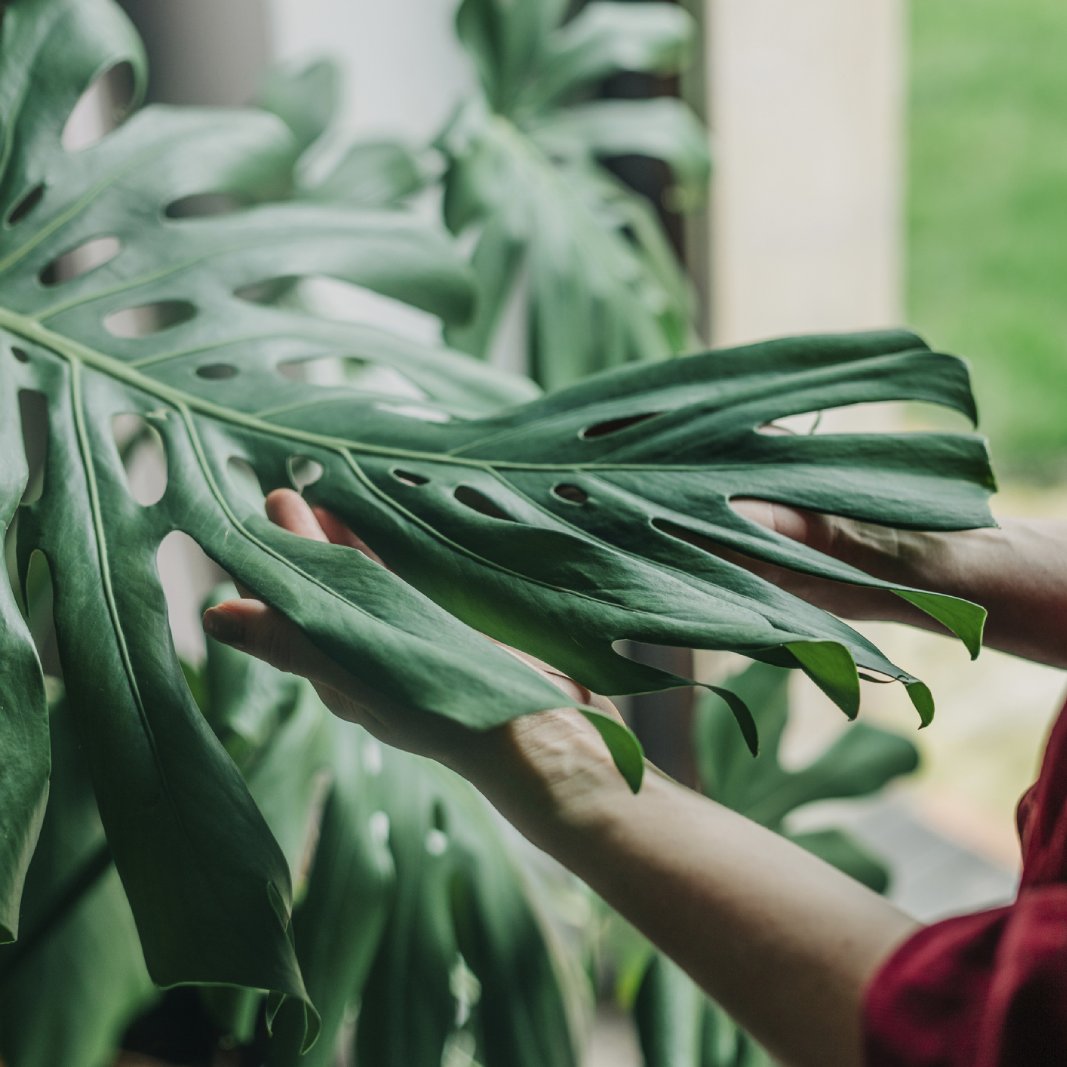Micromorphology of the leaf structures of Aronia Medik. and Pourthiaea Decne (Rosaceae)
Abstract
Key message
The deciduous species of the Aronia and Pourthiaea genera are differentiated by the finger-shaped colleters present on the midrib of the adaxial side and the pronounced cuticular folding.
Abstract
This work presents data on taxonomically significant features of leaf micromorphology in six deciduous species from the closely related genera Aronia and Pourthiaea of the subtribe Malinae (formerly Pyrinae, Maloideae) in the family Rosaceae. All species were found to have hypostomate leaves with numerous anomocytic stomata on the abaxial side. However, Aronia arbutifolia, Pourthiaea arguta, and P. villosa showed single stomata on leaf teeth on the adaxial leaf side. All species exhibited stomatal dimorphism, with a large single ‘primary’ stomata at the center of a cluster of smaller ‘secondary’ (ordinary) stomata. Aronia species were characterized by well-defined cuticular striations on the surface of the adaxial epidermis, as well as cuticular radial folds and peristomatic folds in both types of stomata. Cuticular folding in Pourthiaea species is restricted to radial folds in primary stomata and is less pronounced or absent in secondary stomata. All species of Aronia and Pourthiaea have colleters of deltoid or elongated shape in leaf teeth. In A. mitschurinii and A. arbutifolia, rounded colleters were found in the sinuses between the leaf teeth. Aronia species have the unique feature of forming a special type of colleters on the adaxial side of the leaf midribs. In contrast, Pourthiaea species lacked similar structures. The secretion of the colleters showed an intense peak at 670-674 nm with a small shoulder in the range of 695-740 nm in its fluorescence spectrum. The micromorphological features of the studied leaf structures can serve as taxonomic characters in the genera Aronia and Pourthiaea.
Micromorphology of the leaf structures of Aronia Medik. and Pourthiaea Decne (Rosaceae) Read More »



